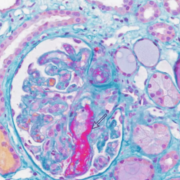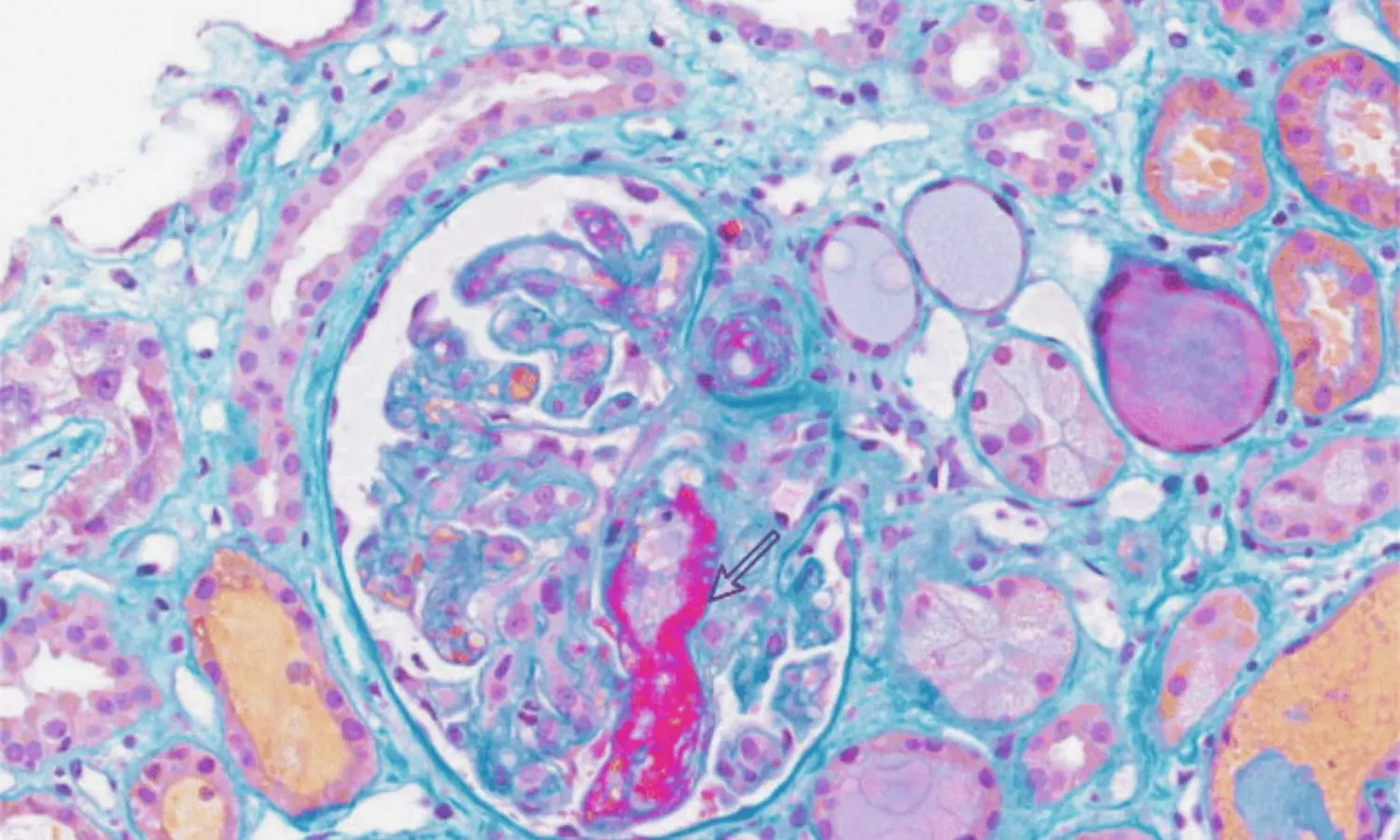Traditionally, pregnancy constitutes a barrier to PA due to
certain factors, beliefs, and lifestyle restraints. Moreover, pregnancy related
symptoms, including vomiting, abdominal discomfort, and easy fatigue, along
with safety concerns as well as limited scientific in formation and social
support, have steered pregnant women away from being active. However, over the
last few decades, scientific societies have issued guidelines recommending that
pregnant women without complications should engage in PA. For example, the
American College of Obstetricians and Gynecologists (ACOG) recommends at least
150 min of moderate-intensity PA per week. Despite these recommendations, only
a small percentage of pregnant women actually meet them. Few studies, with
limited numbers of cases, have examined PA levels during pregnancy in some
parts of the world. These studies used questionnaires with a small number of
participants and compared the data with the data collected using smartwatches
to estimate actual PA levels.
The pregnancy physical activity questionnaire (PPAQ) is
specially designed for pregnant women, which considers several hinderances that
women face during pregnancy. Several advantages, such as low cost, easy
implementation, self-administration, and ease of accessing a high volume of
individuals, make the questionnaire a suitable means to evaluate and promote PA
in a large population. The PPAQ has been translated into several languages and
adopted by various cultures, including the recently introduced Greek version.
This study aimed to record the degree of PA in pregnant Greek women during the
three trimesters of pregnancy and examine possible associations with
gestational age (GA), maternal age, education, and population of the
residential area. Authors tested the Greek version of the PPAQ and examined the
reliability of answers using a smartwatch in several cases.
This prospective study comprised two stages. The first stage
was the completion of the PPAQ Greek version twice, with a one-week interval
between the two rounds, to assess internal consistency and repro ductivity. The
validity was evaluated by comparing the PPAQ results with data from
smartwatches that recorded step counts and metabolic equivalent tasks (METs).
The second stage included pregnant women from various regions of Greece that
completed the PPAQ once during their pregnancy. The level of PA during
pregnancy and consistency with the international PA recommendations was
evaluated with the use of METs.
A total of 1058 pregnant women filled the PPAQ Greek
version, while eighteen women randomly participated in the reliability and
validity analyses of the PPAQ. Results from the PPAQ completed one week apart
showed strong agreement (Intraclass Correlation Coefficient [ICC]: 0.82–0.96).
A comparison between the PPAQ results and smartwatch data revealed no
significant differences in PA levels (correlation coefficient: 0.542; p =
0.022). The median total PA for all the participants was 142.1 MET-hours/week
(interquartile range: 106.04 MET-hours/week).
PA levels increased with advancing gestation in
sports/exercise (1st vs. 2nd trimester, p = 0.048; 2nd vs. 3rd trimester, p
< 0.001), occupational activities (1st vs. 3rd trimester, p < 0.001; 2nd
vs. 3rd trimester, p = 0.024), and transportation activities (1st vs. 3rd
trimester, p < 0.001; 2nd vs. 3rd trimester, p < 0.001).
Moderate-to-vigorous intensity activities also increased
with gestational age (p = 0.023, 95 % confidence interval [CI]: 0.1–1.4; p =
0.045, 95 % CI: 0–0.08, respectively).
Women were more active in household/ caregiving activities
across all trimesters (p = 0.017; 95 % CI: 0.09–0.95).
Women with higher educational levels were more likely to
engage in sports/exercise (p = 0.039, 95 % CI: − 3.3 to − 0.08) and had higher
overall PA levels (p = 0.029, 95 % CI: 0.37–6.3). However, only 14.8 % of the
participants met the international PA recommendations for pregnancy.
The results of this study demonstrate that the total PA
during pregnancy increases with advancing gestation. Women become more
physically active as pregnancy progresses, mainly in terms of household and
sports/exercise activities. A possible explanation is that women are familiar
with this new condition and might feel confident about the well-being of their
pregnancy. In addition, fear of a potential miscarriage and several symptoms
that are present in early pregnancy (fatigue, nausea, and vomiting) also play a
significant role in preventing pregnant women from engaging in activities.
Regarding the mode of conception, pregnant women who conceived through ART had
a significantly lower total level of PA, with similar findings for all
subcategories, except for vigorous-intensity and sedentary activities. Women
who conceived spontaneously performed significantly fewer sedentary activities
than those in the ART group. Most couples using ART are older and have experienced
from long-term infertility. Authors postulated that these women are
overcautious in protecting their pregnancy, which was achieved through
additional effort; thus, it is difficult for them to adopt an active lifestyle.
Another interesting point is the association between
maternal educational level, residential area population, and PA. Although the
total amount of PA between the two groups was similar, pregnant women with
higher educational levels performed significantly more sports/exercise
activities. This may be because well-educated people are usually better
informed and open to following new habits and recommendations. As far as
residential areas are concerned, broad and easy access to multiple exercise or
sports activities for citizens in areas with large populations could explain
our significant results. Moreover, the regression analysis showed that women of
advanced maternal age compared to younger ones, are more physically active in
most of the PA intensities, mainly referring to moderate and vigorous
activities. This finding is of great significance because it highlights the
fact that younger women participate in less energy “demanding” activities,
while the total level of PA does not differ. Pregnant women at a greater GA
conduct more household/caregiving activities. Furthermore, women with a
university degree were more likely to meet the recommendations for
moderate-intensity exercise during pregnancy.
The Greek version of the PPAQ is a reliable and valid tool
for assessing the PA levels in pregnant women. Moreover, the results of this
study demonstrate that pregnant women in the 3rd trimester, those with a higher
educational level, and those living in cities with large populations were more
active in sports and exercise. On the other hand, those who conceived of using
ART were less physically active. This highlights the need for clinicians to
promote PA during pregnancy in Greece so that exercise is part of the daily
routine of pregnant women.
Source: I. Mitrogiannis et al.; European Journal of
Obstetrics & Gynecology and Reproductive Biology 307 (2025) 29–33




















